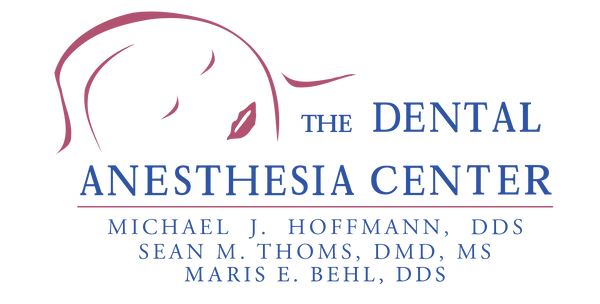For families of children with autism, dental care can come with added stress and uncertainty.
The sounds, lights, unfamiliar faces, and physical sensations of a dental office can be overwhelming, making routine cleanings or necessary procedures feel impossible.
Sedation dentistry can help children with autism receive the care they need in a calm, controlled, and safe way. However, many parents and caregivers have questions about what happens after the visit, especially when sedation is involved. Knowing what to expect during recovery can ease concerns and help your child feel more secure.

A Calmer Way to Receive Dental Care
Children with autism often have heightened sensory sensitivities or communication challenges, making traditional dental visits difficult. Sedation can provide a more comfortable experience by minimizing fear, movement, and sensory overload. It also allows the dental team to complete necessary care in fewer visits.
Depending on your child’s specific needs and the treatment required, sedation may involve oral medication, nitrous oxide (laughing gas), or general anesthesia. The level of sedation will be tailored to what’s safest and most effective for your child.
What Happens After the Appointment
After sedation, your child may be sleepy or disoriented for several hours. This is a regular part of the recovery process. The effects will gradually wear off, but it’s essential to allow time and space for your child to rest and readjust at their own pace.
Parents and caregivers can expect:
- Drowsiness or sleep shortly after the procedure
- Temporary clumsiness or confusion
- Changes in appetite or mood
- Possible mild nausea or dry mouth
Every child responds differently, and many children with autism may find post-sedation recovery to be more challenging due to heightened sensitivity or difficulty expressing how they feel. Having a calm, familiar environment to return to is key.
Tips for Supporting Recovery at Home
1. Create a Low-Stimulation Environment
Once home, help your child relax in a quiet, dimly lit room. Soft blankets, noise-canceling headphones, or a favorite comfort item can make the space safer. Limit screen time or stimulating activities until your child is vigilant.
2. Stay Close and Reassuring
Even if your child seems sleepy or disinterested in interaction, having a parent or caregiver nearby provides reassurance. Simple, gentle language can help ease any confusion as your child wakes up.
3. Offer Fluids and Soft Foods
When your child is alert and interested in eating, offer small sips of water first. If that goes well, try soft, easy-to-digest foods like applesauce, yogurt, or plain rice. Avoid crunchy, spicy, or hot foods until your child’s mouth has fully regained sensation.
4. Avoid Too Much Activity
Keep the rest of the day low-key. No school, therapies, or outings should be planned after sedation. Let your child guide the pace of their recovery.
5. Monitor for Any Concerns
While side effects are typically mild and temporary, contact the dental office if you notice:
- Difficulty breathing or waking up
- Persistent vomiting
- Unusual swelling or bleeding
- Signs of pain that don’t improve with recommended medication
Communication Is Key
If your child uses nonverbal communication or assistive devices, they may have difficulty expressing discomfort after sedation. Look for behavioral cues such as agitation, repetitive movements, or refusal to eat or drink.
Let your dental team know how your child communicates and what calming strategies work best for them. At The Dental Anesthesia Center, we work closely with each family to develop a care plan that respects the child’s unique needs and sensory profile.
Thoughtful Follow-Up for Every Family
After every visit, families will receive clear post-op instructions, including contact information and tips for a smooth transition back to daily routines. If needed, follow-up visits are scheduled with extra care to ensure your child feels supported and safe.
Making Dental Care Accessible and Compassionate
Dental care for children with autism doesn’t have to be stressful. With the right sedation approach, a dedicated team, and a recovery plan that honors your child’s needs, families can approach dental visits with greater confidence and peace of mind.
If you have questions about sedation dentistry for your child or want to discuss individualized options, contact The Dental Anesthesia Center. We’re here to help your child feel safe, understood, and well cared for—before, during, and after every visit.
Call Us Today
The first two board-certified Dentist Anesthesiologists in the state of Missouri.

